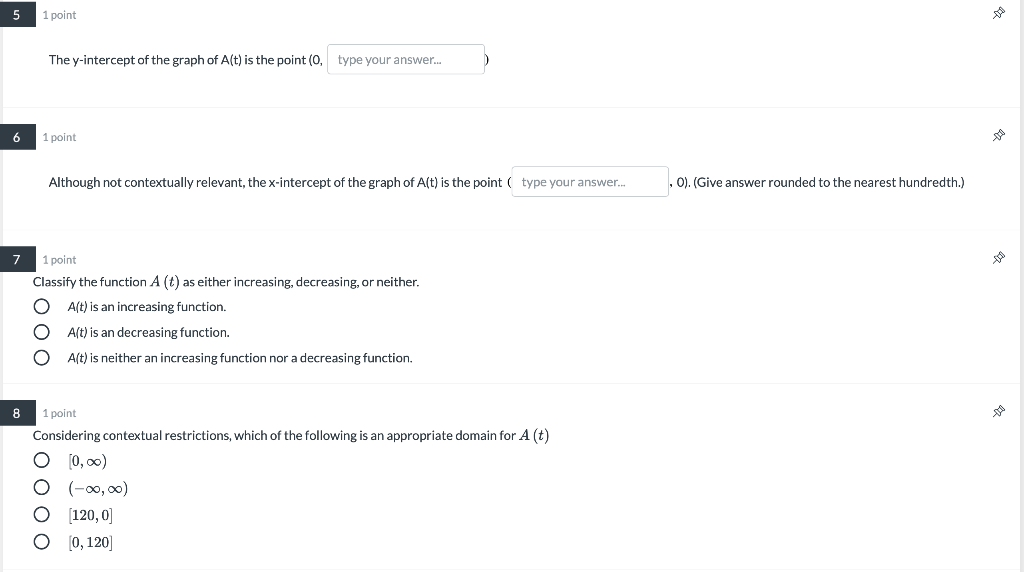Question
Corporate executives for a national company are considering implementing new software that will make their business run more efficiently, thereby saving the company a substantial
Corporate executives for a national company are considering implementing new software that will make their business run more efficiently, thereby saving the company a substantial amount of money in the long run. Two competing systems are being reviewed. Software A is the latest version of the software the company currently uses and many of the functions operate similarly to the current version. The software company claims the latest version will increase productivity by 20%. Software B is a completely different system, so it will take longer to learn, but its manufacturers claim it performs at 150% of its leading competitor (the software currently in use by this company).
Before committing to either product, the executives tested the competing software for four weeks in two of their offices. The first office installed software A, which proved easy for the employees to learn as expected. After one week, productivity was already 107.59% compared to previous levels; after two weeks it had jumped to 117.80%. A learning curve model A(t)=MCektA(t)=MCektcan be used to represent the productivity at this office t weeks after the new software is installed, where M is the maximum level of productivity with the software. Use the given data to construct the specific learning curve for software A. Based on this model, how productive were the employees of this office when using this new software without any training (i.e., when the new software was first installed)?
The second office installed software B, which required lengthy training for most of the employees. Prior to training the employees could not use this software at all, so the initial productivity was zero in this trial. After four weeks of training and practice using the new software, many of the employees were still struggling and productivity was only 57.18%, of the previous output for this office. Use the given data, including the manufacturers performance claim, to construct a learning curve function B(t)B(t) for software B. How many weeks will it take for this office to reach its previous level of productivity?
Construct a table of values for both A(t)A(t) and B(t)B(t) for the first 12 weeks. Solve algebraically to obtain a precise estimate of the number of weeks after installing new software until productivity at the two offices would be equal.

Step by Step Solution
There are 3 Steps involved in it
Step: 1

Get Instant Access to Expert-Tailored Solutions
See step-by-step solutions with expert insights and AI powered tools for academic success
Step: 2

Step: 3

Ace Your Homework with AI
Get the answers you need in no time with our AI-driven, step-by-step assistance
Get Started


